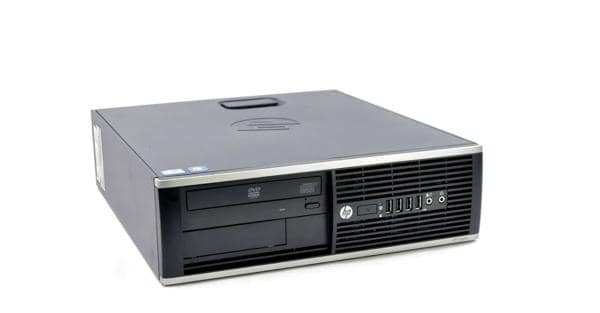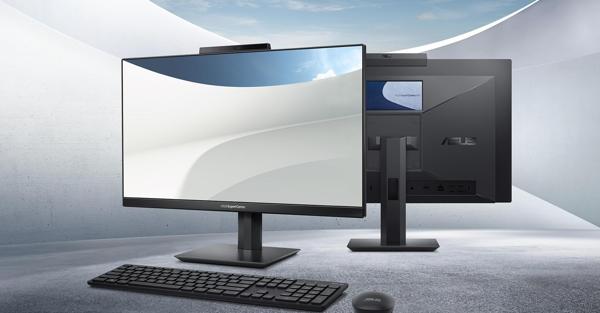Pc, the announced end of the desktop computer can wait: a mini-guide to understand each other
[ad_1]
The recent history of the personal computer is studded with many anecdotes. Some even very curious. If laptops have had a “consistent” evolution with respect to the purposes for which they were born and have established themselves as an indispensable tool for working and beyond, desktop PCs have seriously risked being forgotten. Blame this Steve Jobs.
When the founder of Apple presented the first iPad in history, on January 27, 2010, there were in fact many who believed that the end had come for PCs. As we know, things went differently, but both in the first months of life of the Apple tablet and in the years that followed, various authoritative articles that appeared in the American media “officially” decreed the death of the PC. Despite the success of tablets and smartphones, however, notebooks and desktops are still among us, they have naturally changed (and a lot). And they have transformed to be more intuitive and easier to use for all types of users, including gaming enthusiasts of course.
It is unlikely, perhaps impossible, that from now on we will be able to witness the launch of a desktop computer as revolutionary as Apple’s iMac G3 was at the time, baptized by Jobs on May 6, 1998 in an event that has become a milestone for the Cupertino. A colorful, elegant and “all in one” PC, which changed the look of the desks of homes and offices and rode the excitement of the Internet (an expression used by Jobs himself) to make “doing computing” easier by surfing the Net. Today the iMac with 15-inch CRT display is a museum piece, its technical credentials (233 Mhz processor and 4 Gbyte hard drive) pale in comparison to today’s desktops but it had the merit of paving the way extended connectivity (including external peripheral support) to your desktop computer.
The iMac cost 1,299 dollars, and today with that amount you can buy one of the last born from Apple, the Mac mini with the M2 Pro super chip, a miniature desktop capable of handling previously unthinkable workloads in a format so compact. In the Windows world, the offer of machines in the classic tower configuration or in the stylistically more sophisticated “all in one” (Asus Zen Aio, for example, make design a strong point) is obviously wider and the choice of ideal product (remanufactured models included) responds as always to a mix of parameters to be evaluated according to one’s personal needs.


The offer of the various Lenovo, HP, Dell, Acer (in addition to Asus itself) and other second-level manufacturers is sufficiently varied to find products that are able to meet the requirements of a professional user, even without resorting to machines aimed at gaming world (notoriously more powerful in terms of hardware and consequently also much more expensive). Compared to 2010 desktops, the leap in performance has been huge. The “turrets” even 80 centimeters high, with a CPU at risk of overheating and a magnetic hard disk with 7,200 rpm, have given way to desktop computers in which the latest Intel (or Amd) chips and GPUs (Nvidia) operate. or penultimate generation with speeds of several GHz, solid-state SSDs and enough memory to host various programs locally and to archive documents in abundance.
[ad_2]
Source link













